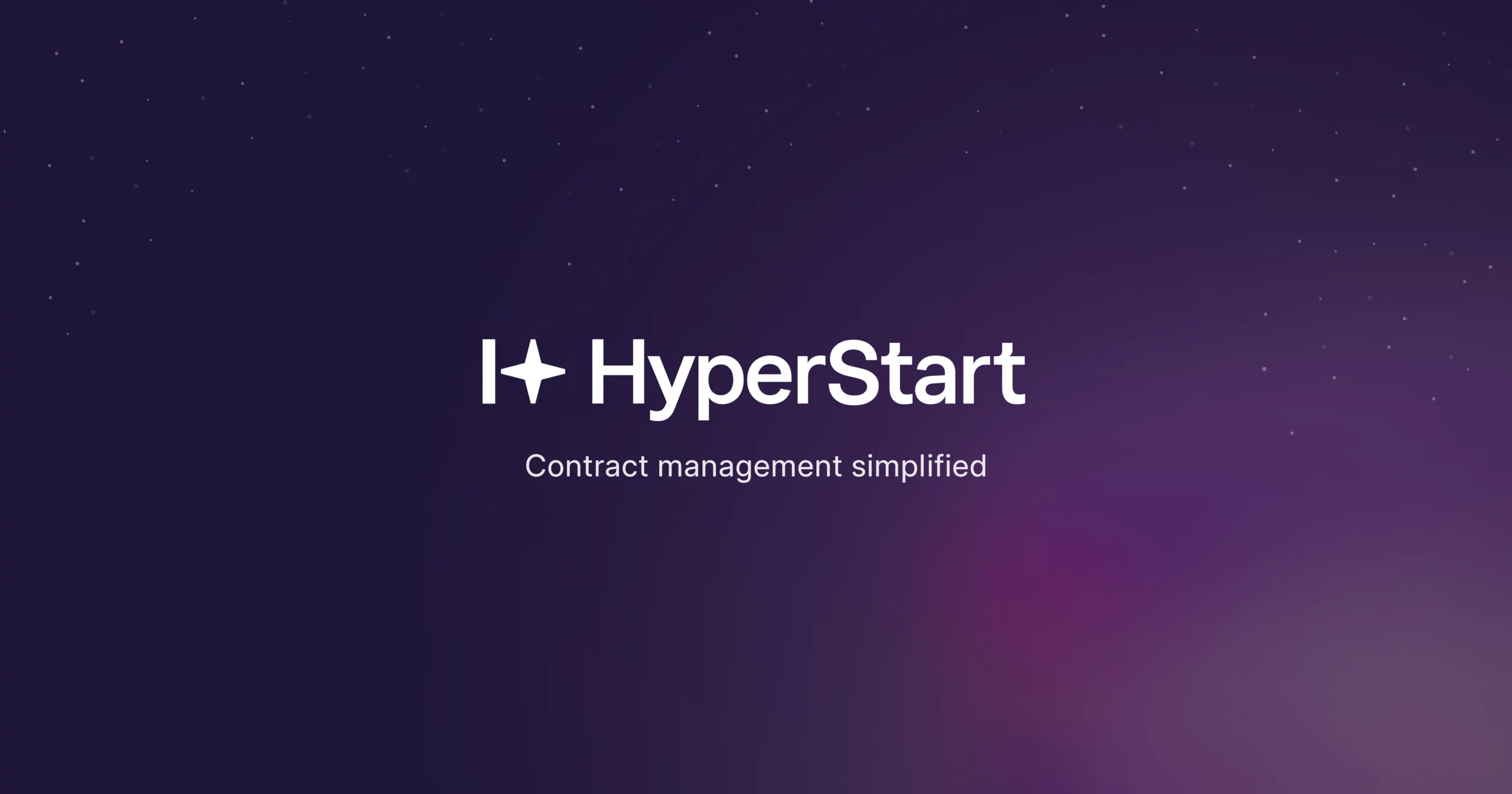What is a letter of intent?
A letter of intent (LOI) is a preliminary document that outlines the intentions of two or more parties before entering into a legally binding agreement. It functions as a blueprint for the key terms of a prospective deal, typically detailing stipulations, requirements, timelines, and the parties involved.
LOIs are often compared to term sheets due to their similar function: laying the groundwork for an agreement. They are handy for sketching out the broad strokes of a deal so parties avoid misunderstandings and focus on the finer details later.
Purposes of a letter of intent
LOIs play a pivotal role in various contexts:
Outlining agreements and transactions: LOIs establish a framework for discussions and negotiations. They identify the scope of work or objectives.
Facilitating smoother negotiations: They clarify expectations and terms, reducing potential conflicts. And serve as a reference point when closing deals.
Facilitating smoother negotiations: These LOIs express interest in working with an organization, even if no vacancy exists. They act as a concise pitch highlighting skills and potential contributions and establish connections for future opportunities.
LOIs in academia: These LOIs showcase an applicant’s enthusiasm for a program. They highlight achievements and future contributions to the institution and create a pathway for further engagement.
How to write a letter of intent
Crafting an effective LOI involves a structured approach:
Subject/header: A concise title summarizing the letter’s purpose.
Contact information: Includes names, addresses, phone numbers, and email addresses for all parties.
Greeting: Addresses the recipient respectfully (e.g., “Dear Hiring Manager” or “Dear Admissions Committee”).
Introduction: Clearly state the letter’s purpose and provide a brief background.
Body: The body of the LOI consists of the background, intentions, contributions, specific terms and conditions, a call to action, and the sign-off.
Research and preparation
Before writing an LOI:
Gather information: Understand the company, institution, or individual you’re addressing.
Connect goals: Align your objectives with the recipient’s needs or mission.
Engage relevant people: Reach out to appropriate contacts to understand their expectations.
Alternatives to a letter of intent
Other documents that serve as alternatives to an LOI are:
Memorandum of understanding (MoU): A formal document outlining agreed terms, often more binding than an LOI.
Term sheet: A document summarizing the key terms of a deal, often used in finance or investment.
What is the difference between a letter of intent and a cover letter
| Type | LOI | Cover Letter |
| Purpose | Focuses on the recipient, expressing a broader interest in an organization or opportunity. | Specific to a particular job, emphasizing the applicant’s skills and experiences. |
| Scope | Addresses general intent and possible collaboration. | Job-specific, tailored to the role applied for. |
Example of a letter of intent
A real-world scenario might involve an LOI for securing a commercial property loan. The LOI would outline:
Loan amount and terms
Property details
Expected repayment schedule
Final thoughts
A letter of intent is a versatile document that helps clarify intentions, reduce misunderstandings, and streamline negotiations. By spelling out the fundamental terms before diving into detailed agreements or the contract lifecycle process, it saves time, effort, and resources. Whether in business, employment, or academia, an LOI serves as a critical tool for formalizing mutual interest.
Try first. Subscribe later.
Boost your legal ops efficiency by 80%.


